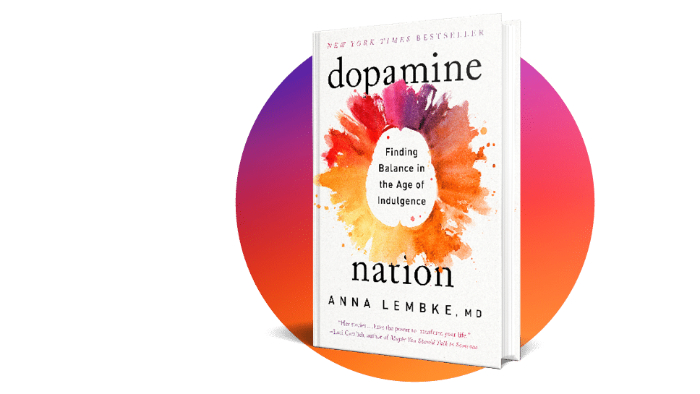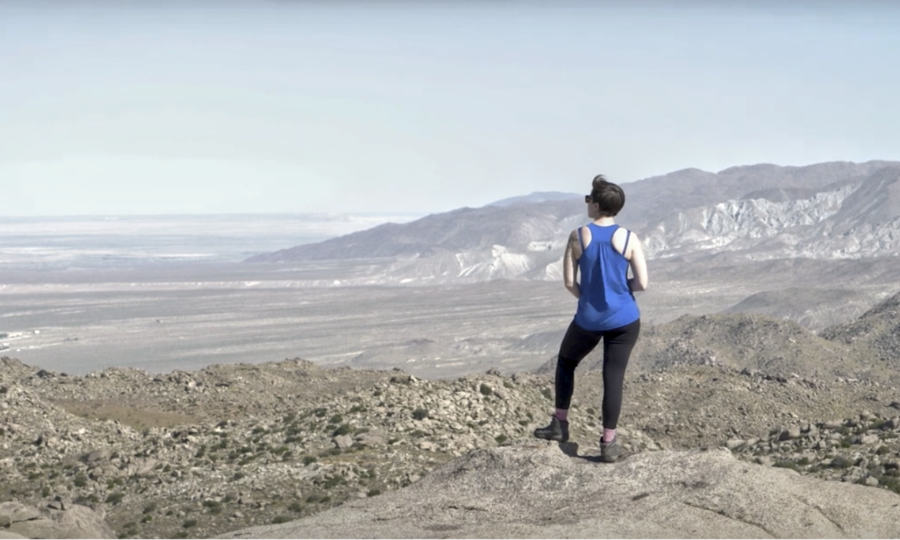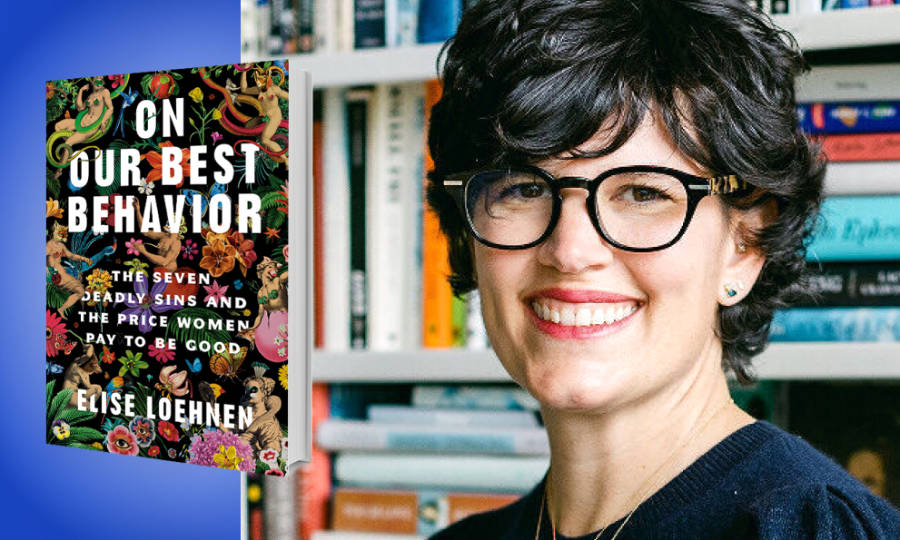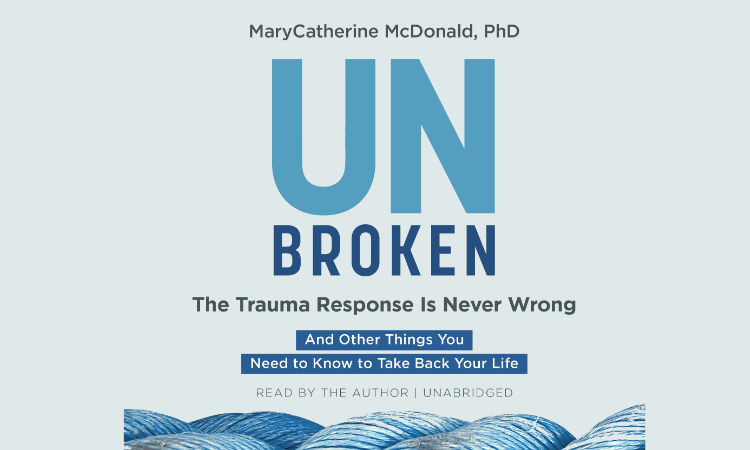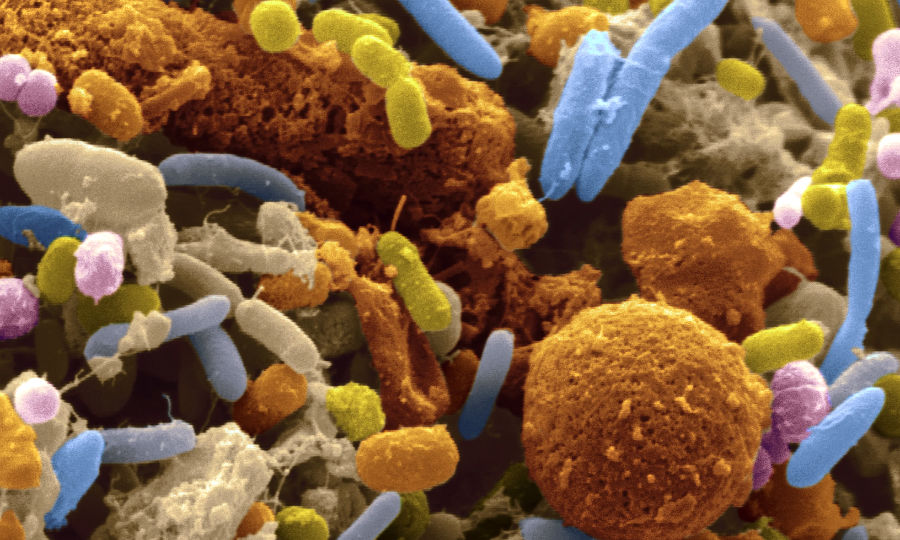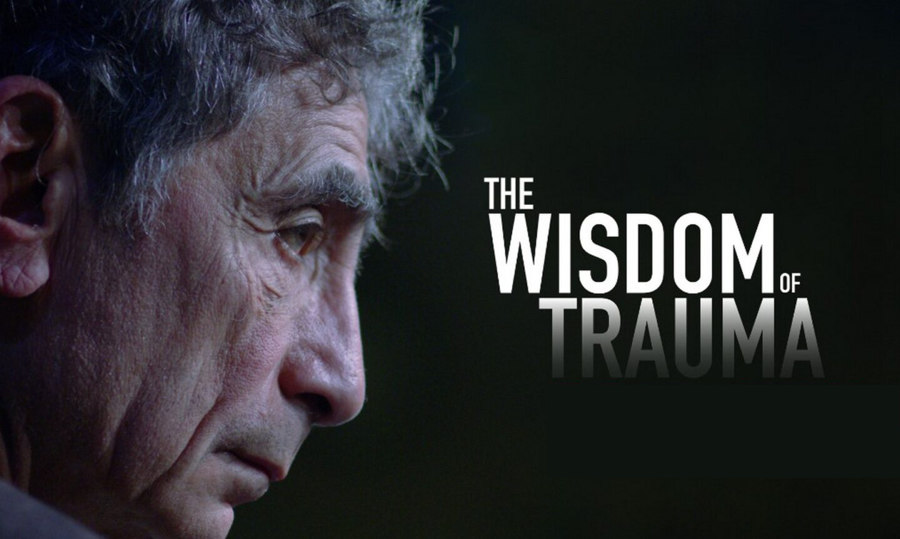By The Psychlopaedia Team
The Australian Psychological Society
Most Australian children with autism spectrum disorder (ASD) are missing out on two years of vital early intervention due to a delay in identification and diagnosis.
Professor Cheryl Dissanayake, director of the Olga Tennison Autism Research Centre (OTARC) at La Trobe University , says the centre’s study of 15,000 children with ASD found the average age of diagnosis in children under seven is taking place at just over four years of age.
“We know we can reliably identify and diagnose autism as early as two years of age, so that means that children aren’t getting access to much-needed early intervention,” she says.
“They are accessing it two years later than they should be on average.”
Professor Dissanayake, a member of the Australian Psychological Society (APS) with more than 30 years’ experience in autism research, says early intervention can make a huge difference to children with autism and their families.
“Intervention at any age helps but what you can do in identifying earlier, when the signs are more subtle because all of the manifestations haven’t quite taken hold, is that you can prevent some of those manifestations from coming on board,” she says.
“Early intervention has a focus on getting the child ready to learn. The earlier you intervene, the more likely that you are going to prevent a learning disability.”
It’s estimated more than one in 100 Australians are on the autism spectrum and living with the developmental condition.
How autism affects development
ASD impairs social communication and manifests with restricted and repetitive behaviours and interests, and also often includes sensory sensitivities.
Researchers are making headway into understanding ASD, which affects every person differently, and for which there is no single known cause or cure.
OTARC is using its expertise in the early behavioural markers of ASD in babies and young children with autism to promote earlier identification and diagnosis, and is working with the Cooperative Research Centre for Living with Autism (Autism CRC) to pair those with early biomarkers (signs indicating possible autism) in a bid to achieve earlier and more accurate diagnoses.
Looking at what children are not doing
Professor Dissanayake says the onset of autism is variable in the first two years of life, with some babies showing signs right from birth that they’re not engaging with people in the usual way.
Other babies seem to develop typically and then plateau in their development while others develop typically and then lose some skills.
“We need to educate people about what typical development looks like in those first two years and then what autistic development looks like,” Professor Dissanayake says.
“In autism, it’s the absence of behaviours that you are looking for.
“It’s very easy to look for abnormal behaviours, the presence of things really marks itself but the absence of things is hard to look for and they are quite subtle in those early years.”
Understanding, not labels
Professor Dissanayake says it’s important for parents to understand that an early diagnosis is not about labelling the child.
“It’s about labelling their presenting behaviours so we can work to minimise the effects of these behaviours on the developing child,” she says.
“We want to maximise children’s outcomes, that’s why we push for an early diagnosis.
“You could be changing that child’s life, and clinicians saying to the parents – let’s see how he is in six months, is absolutely careless because six months in the life of a developing infant’s brain is a long time.
“The brain is shaped by the environment, by the input that child receives. Six months is a very long time if that brain isn’t receiving the necessary social input it needs to grow and develop and to be able to learn.”
The early signs of autism spectrum disorder:
- What to look out for. Typically developing babies aged 12 to 24 months start pointing things out, gesturing and vocalising while looking at people as they engage with others, and also imitate other people. “A young baby with autism doesn’t imitate and vocalise in the same way, doesn’t share their looks and smiles with other people as often as babies without autism,” Professor Dissanayake says. “It’s not that they’re not smiling but when they are smiling they don’t look up to share that smile, to share their world, which is what a typically developing baby does.”
- Trust your instincts. Parents know their child best and often know when to be concerned about their child’s development. Well-meaning family, friends and even health professionals often reassure worried parents which can delay an early diagnosis.
- Take action. Professor Dissanayake advises any parents concerned about their child’s development to visit their maternal and child health nurse, their GP or their paediatrician. “If they’re still not reassured then don’t give up – be proactive,” she says. “We get second opinions on our cars, why aren’t we getting second and third opinions on things that are much more important to us?”
- Psychologists can help. Psychologists work as part of a team of health professionals to provide an autism diagnosis and to provide ongoing therapy for the child and their family. The APS Find a Psychologist Service can assist. The online, telephone and email referral service puts you in touch with more than 2,400 psychologists across Australia.
Find out more. Visit autism spectrum disorder websites, such as Amaze, the Raising Children Network and Autism Speaks.

